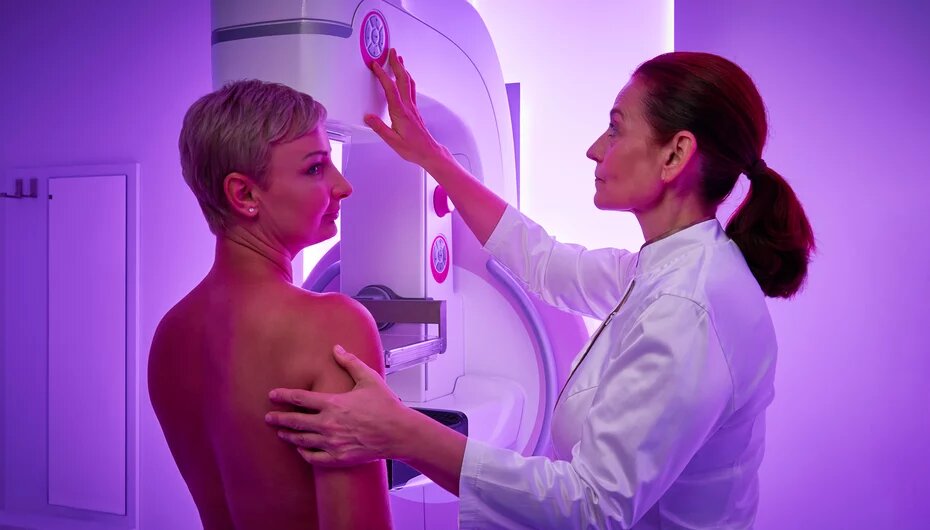What do we need to know about breast cancer screening, and why is regular testing important?
Breast cancer screening is very important because breast cancer is the most common cancer in women - every eighth woman may be affected by this disease. As this is a common disease, it is important to filter out discrepancies at an early stage. The primary form of screening for breast cancer is mammography, which we use as a first step for women over the age of 30 for complaints, and as screening for those over the age of 40. Mammography is performed every 12-18 months, and thereafter every two years in the case of stability. Mammography allows us to view images of both breasts at the same time and for comparing the previous year's images with this year's. This is very important because we can notice small changes so that a tumor can be screened out at an early stage, and at a smaller size. We use ultrasound for examining women under the age of 30 in the first instance, and we also use ultrasound in cases where additional examination is needed for us to isolate cysts or possible solid lesions such as benign and malignant tumors. Ultrasound is also suitable for us to perform a biopsy.
What is meant by modern mammography, and what can the latest devices do?
Today’s modern mammography equipment has several benefits in addition to the use of digital technology, including providing comfort to patients. In the case of mammography, digitalization means that the images can be retrieved and compared at any time, and these devices produce high-quality images with lower radiation exposure. Digital recordings can be reconstructed, enlarged, rotated and examined in detail. For women, these modern machines provide a more comfortable environment, their appearance is modern and ergonomic, and they illuminate their surroundings with soothing colored light, which provides a pleasant atmosphere. The compression plates are rounded, and in fact the sensor in the latest devices optimizes the compression ratio. Another advantage of digital technology is that a good quality image can be taken even with less compression of the breast.
Can tests be performed safely with an implant?
We can perform mammography in the case of implants too, and the test is just as important for women with implants. With these modern procedures, the compression is more moderate, and the implants can be positioned by our x-ray assistants so that the implant is not compressed, hence only the breast tissue in front of it is examined. Women with implants may be equally affected by any breast disease, so it is just as important for them to participate in the examinations.
Why do women particularly fear a breast examination? What is our message to women who are afraid of it?
There are two basic concerns that women have in relation to mammography. One is that the examination will be painful, and the other is the radiation. The amount of radiation is extremely low, we have been using ’soft’ x-rays for decades. With digital technology, it was possible to reduce the amount of radiation by another 30%, so the radiation becomes negligible even when added together over a lifetime. Thanks to digital technology, a high-quality image can be taken even with less compression of the breast, and the examination is becoming less and less uncomfortable. In the past, there have been concerns that mammography may not detect certain lesions, such as in a more densely structured breast, which is why so-called tomosynthesis has also been incorporated into modern mammography machines, increasing the sensitivity of the device. With the help of this, layer-by-layer shots can be taken of the breast, so that the projection of overlapping structures can be eliminated with greater safety.
Mammographic screening does not protect against breast cancer, but chemotherapy can be avoided, and the breast can be retained during the treatment of lesions detected in time. A number of benign diseases can also come to light during the examination, and in this way, we can rest assured that there is nothing seriously wrong. Naturally, not everyone receives a bad diagnosis. In the case of a wrong diagnosis, however, for those patients it will be the light at the end of the tunnel, for while ever we do not know there is a problem, we live in a false sense of security.

